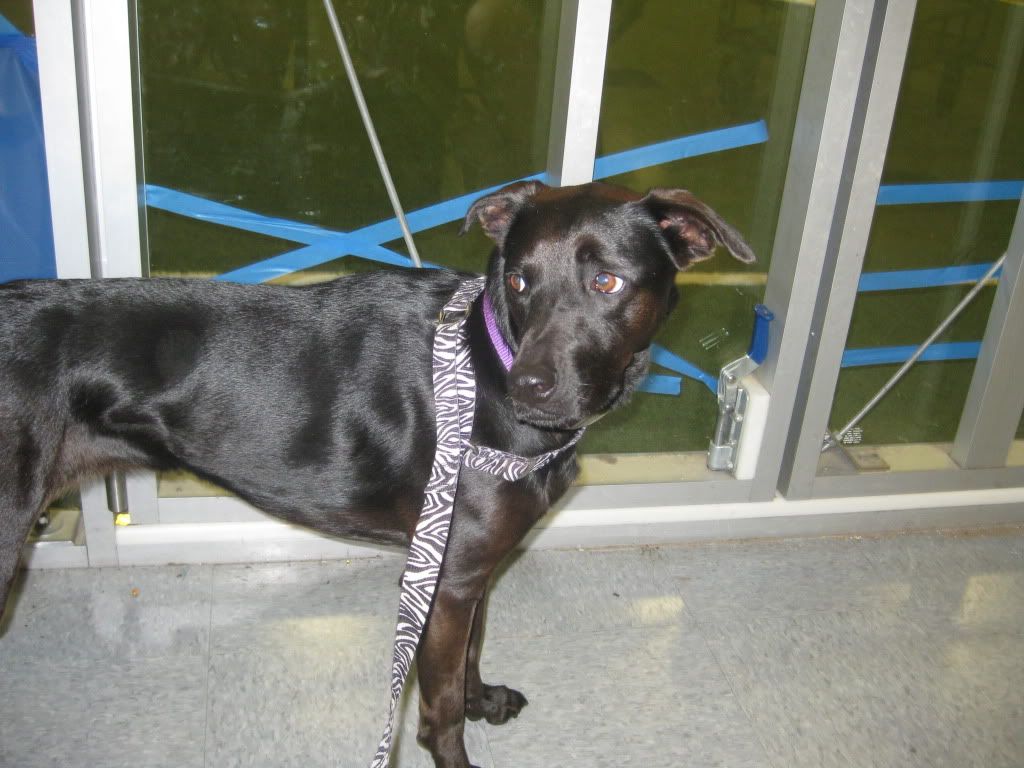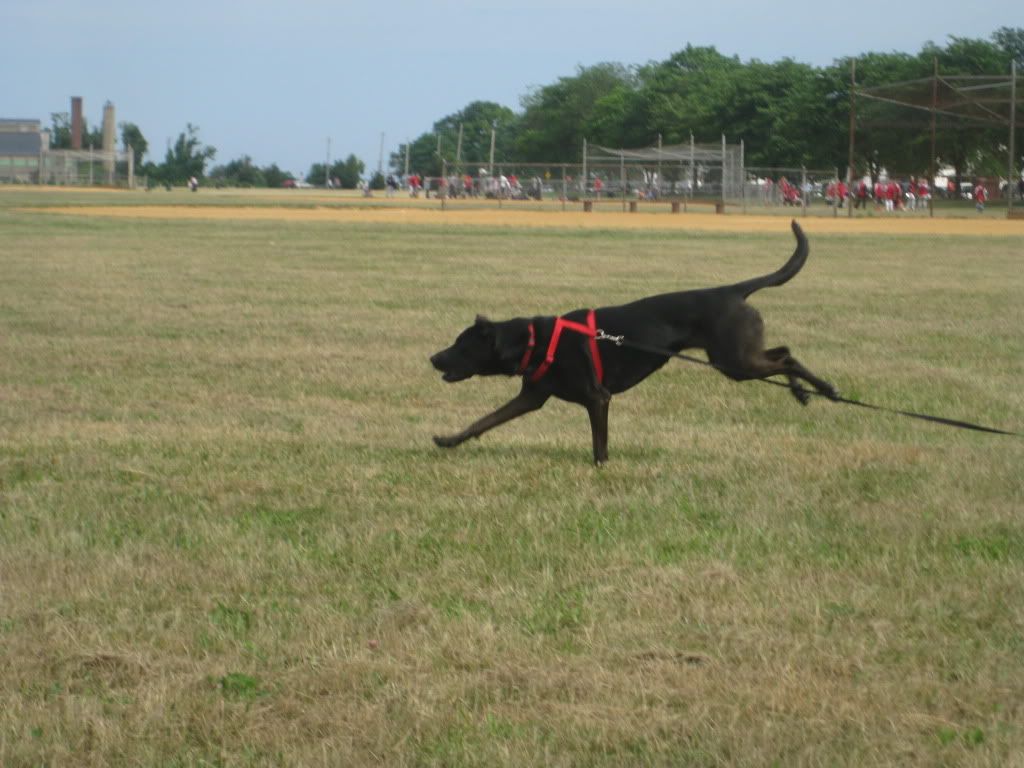Learning To Fly
I love planes.
I was originally going to infuse this post with some sort of fearful dog agility metaphor but instead I've opted to just tell it like it is.
It's not exactly a common hobby for a college-age girl, but I absolutely love going plane spotting. It's something that Louie introduced me to and I can't get enough of it. I can seriously sit in a park near JFK for hours with Louie, watching the planes come in to land, excitedly guessing the airline and aircraft type from a distance as I watch the massive metal birds inch closer and closer, before they eventually pass only a few hundred feet in front of me. I don't go very often, but I've been spotting for a year and it's just as cool as the day I started.
Yet if you try to get me to actually agree to fly on a plane, that's a whole different story. The thought of it makes me sick to my stomach. Nothing particularly traumatic has happened to me while flying, and I'm not afraid of terrorism or things like that. But, Louie has offered numerous times to take me on a flight to somewhere like Baltimore and I have backed out time and time again. I won't let him buy the tickets, even if the plane being used on the route is one of my beloved Boeings (usually a 737). I wish I would let my guard down, but I can't seem to.
What I did let him buy was tickets to tour a British Airways Concorde on display at the Intrepid Museum in Manhattan. I was actually the one who suggested it. Aside from the fact that Concorde has a really cool story that I was interested in learning a little more about, I thought it would be an excellent opportunity to sit in a plane with no threat of it lifting up off of the ground. Of course, I'll just skim right over the fact that a trip to Martha's Vineyard on JetBlue would probably have been cheaper... sometimes you've gotta live a little.
Much to my surprise, I was actually slightly nervous as I climbed the stairs to board Concorde. Despite the fact that I knew for sure that Alpha Delta was not leaving the ground, the emotional side of my brain told me otherwise. Imagine how my stomach flip-flopped when I saw an elevator move through the window of the plane and momentarily had the sensation that Concorde was, without a single engine installed, gaining altitude!
All in all, I enjoyed the tour immensely and felt perfectly relaxed when I exited the plane. The tour guide was extremely animated but kept the tour interesting and intellectual. We got to sit in the cockpit and Louie was able to answer a question that the tour guide didn't know the answer to, based on the equipment in there. Another tour guide asked Louie and I if we were airline pilots, which I found hilarious.
It perplexes me that I can enjoy watching and learning about something so much, yet be so afraid of it. It makes me a little sad, too. Planes depart from and land at Kennedy Airport every single minute without incident. I know logically that air travel is one of the safest ways to travel. But I still can't do it.
I know we now largely live in an age where flying is very often at best mundane and at worst unpleasant, but I have all sorts of silly little dreams of grandeur - the biggest of those being to fly first class on a Boeing 747 to Heathrow. But I can't realize that dream, as well as my wishes to vacation in Australia or on the West Coast, unless I actually get on a plane other than one parked at a museum.
Still, I guess it was a start - before yesterday, I hadn't been on a plane since I was 5 years old. So, though she didn't go supersonic this time, Concorde did give me an experience that I'm sure will last a long time, and hopefully one that will get me started on conquering this fear.





